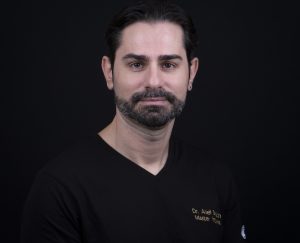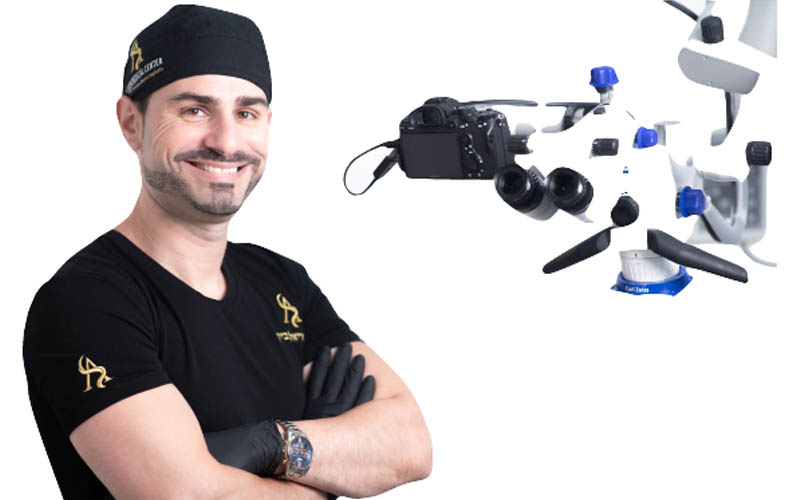Lower wisdom teeth are the last teeth to erupt in the oral cavity, typically between the ages of 18-25. Unlike other teeth that erupt at younger ages, wisdom teeth are delayed in their eruption, which can occur in late adolescence or even in the mid-twenties.
Due to their posterior position in the dental arch and lack of space in the jaw, wisdom teeth can cause a variety of problems requiring surgical intervention.
In this article, Dr. Ariel Savion will explain lower wisdom tooth extraction, situations where this solution is required, and how the process is performed in the dental clinic.
Before and After photos
Dr. Ariel Savyon
Dentist since 2007, holds a double master's degree (Germany) in laser science and implantology (dental implants).
Serves as medical director of the dental corporation "Savyon Medical Center Ltd. Owner of a prestigious study club master_implant, treating dentists in various fields. The only certified instructor in Israel of the World Clinical Laser Institute in the field of laser science in dentistry in Israel.
Dr. Savyon, an opinion leader for leading companies in Israel and around the world, a researcher and international lecturer in the field of laser dentistry, periodontal medicine, and dental implants.
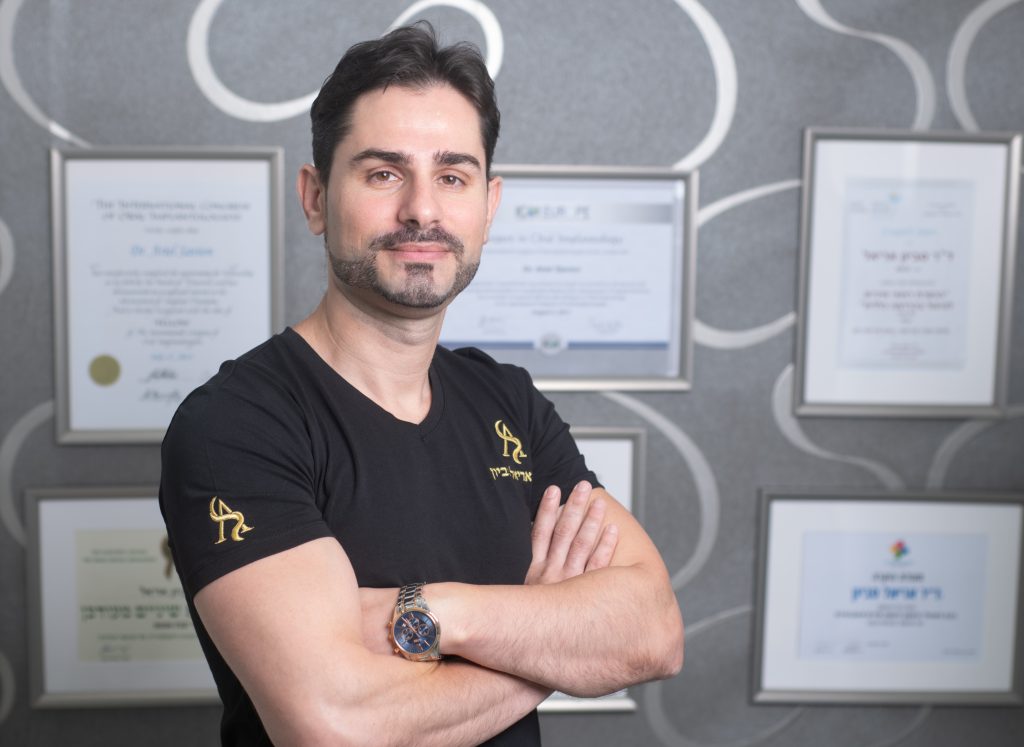
Lower Wisdom Tooth Extraction - In Which Situations Is This the Recommended Solution?
Lower wisdom tooth extraction is required in the following situations:
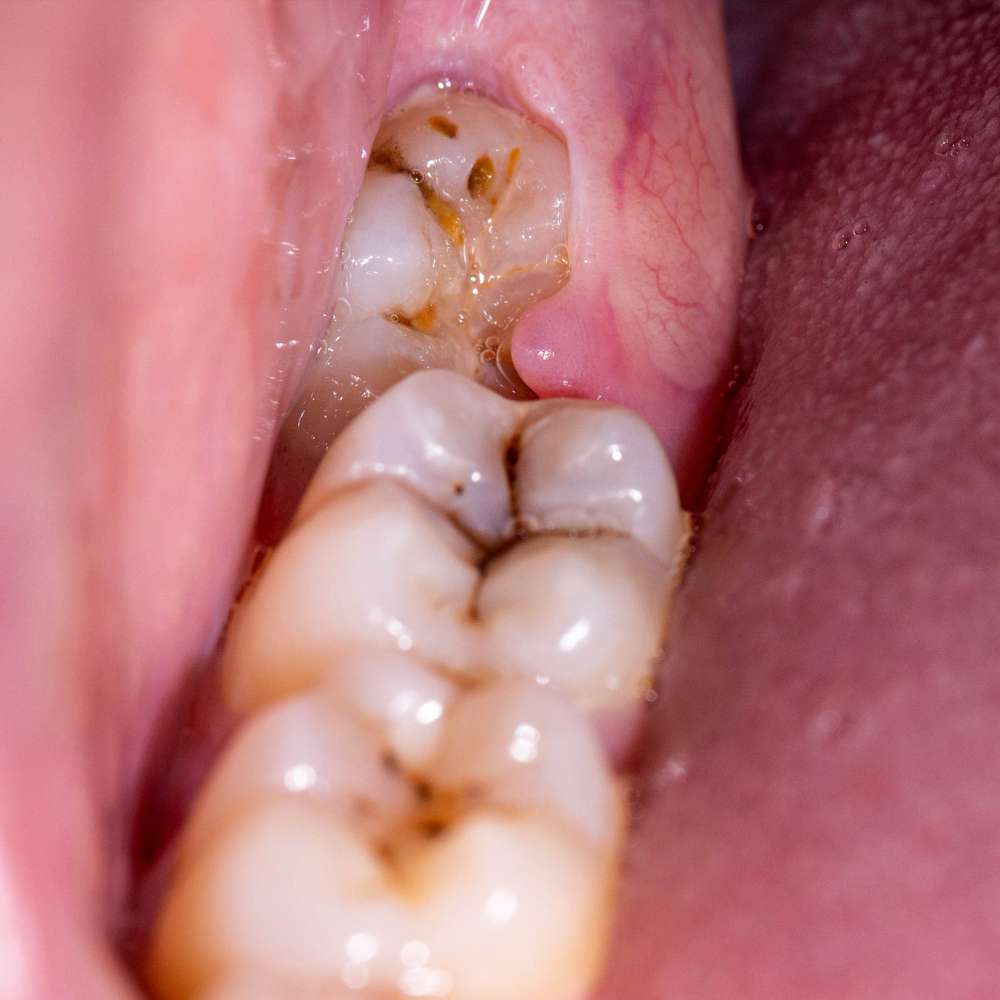
1. Impacted wisdom tooth
When the tooth does not erupt properly due to lack of space or eruption at an incorrect angle. In such cases, the tooth remains impacted, causing pain, recurring infections, and damage to adjacent teeth.
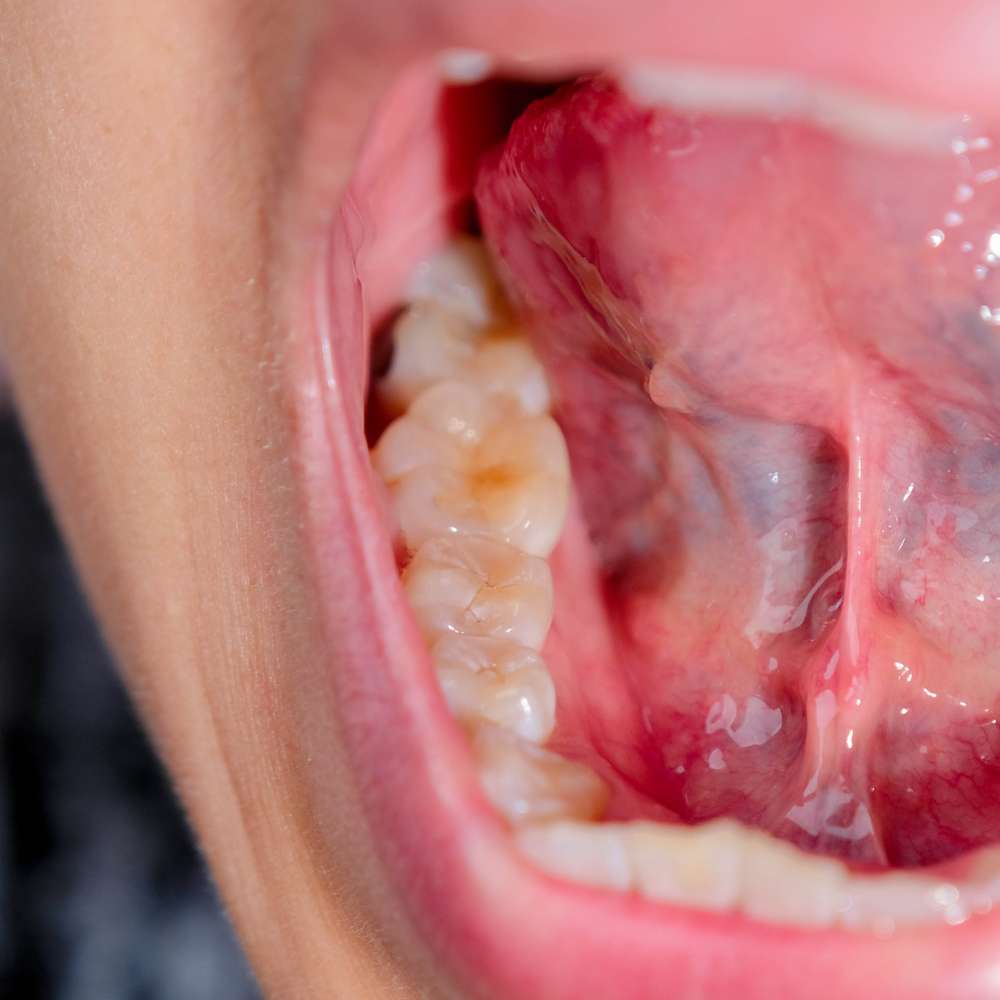
2. Pressure in the dental arch
A wisdom tooth erupting at an incorrect angle can exert pressure on adjacent teeth and cause crowding. Especially after orthodontic treatment, wisdom tooth extraction can prevent teeth from moving after orthodontic treatment.
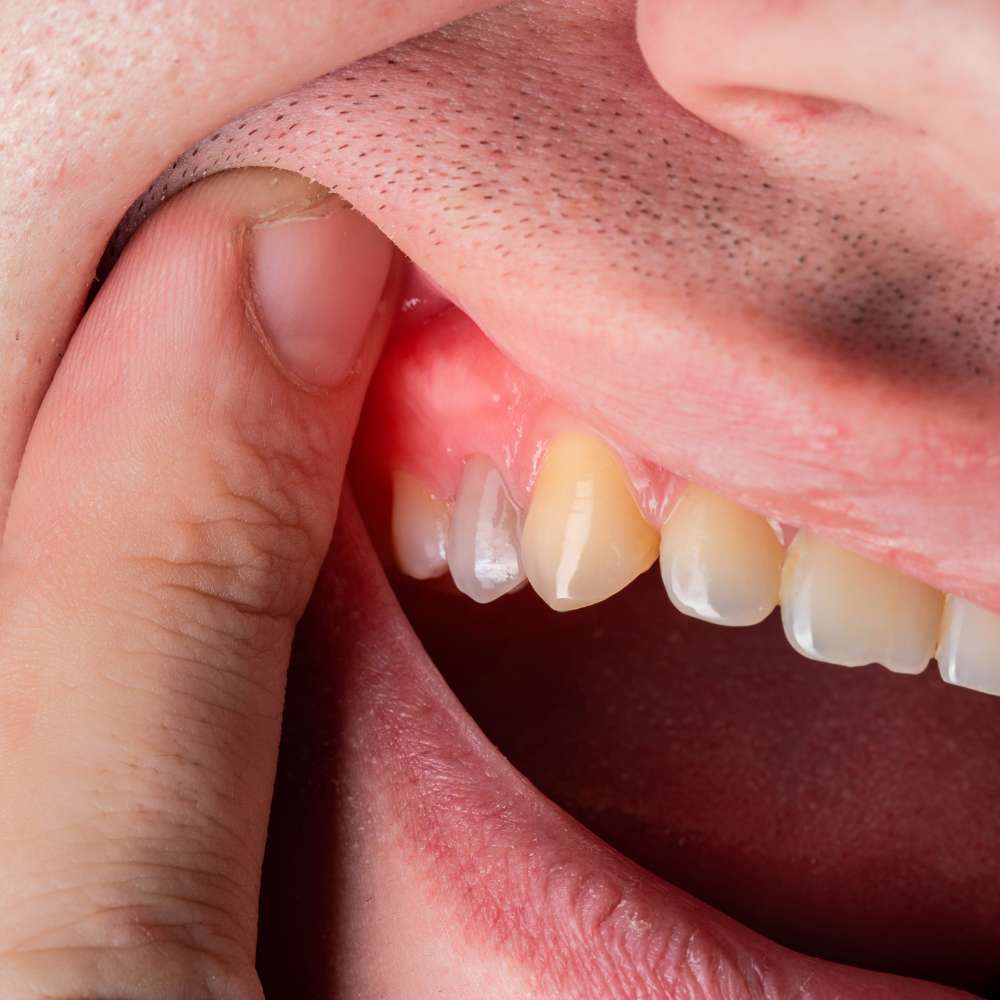
3. Recurrent infections and inflammations
Partial eruption of wisdom teeth can create a deep pocket between the tooth and gums, providing a breeding ground for bacteria, infections, and recurrent inflammations.
"Early extraction of problematic wisdom teeth, before complications occur, can be particularly beneficial for patients. When treatment of this type is not delayed, recovery is generally faster, avoiding unnecessary complications and pain."
Dr. Ariel Savion explains
Patients Recommend Our Clinic After Undergoing Surgical Procedures
How is a Surgical Extraction of a Lower Wisdom Tooth Performed?
The surgical process includes several critical stages:
1. Precise Pre-Treatment Diagnosis
CBCT imaging with Dicom for 3D diagnosis of the tooth and its proximity to the mandibular nerve, intraoral scanning, and model printing if necessary. Diagnosis for lower wisdom tooth extraction is performed using several advanced imaging methods that support optimal treatment. First and foremost, a CBCT scan, also known as a dental CT, is performed. This type of imaging is a 3D imaging with a high level of detail of the treated tooth's area.
Unlike regular X-rays that provide a flat image without depth, dental CT reveals the complete and deep structure of the treated area. A 3D scan takes less than 30 seconds (actually only 17 seconds). The scan is done while patients stand comfortably without needing to sit in the examination chair. Also, this type of CT involves a lower level of radiation exposure compared to a regular panoramic X-ray.
The scan allows the dentist to properly identify the location of the mandibular nerve in relation to the position of the tooth roots. The scan provides very detailed information about the structure of the adjacent bone, and it's possible to identify the relationships between the tooth and surrounding tissues and structures so that the extraction can be done safely with as little contact as possible with adjacent tissues.
After the CBCT scan, a digital intraoral scan of the oral cavity is performed. The scanning technology produces a detailed 3D map of the teeth and gums. Digital scanning eliminates the need to prepare plaster casts as was customary in the past.
In cases where the doctor deems it necessary, and if additional planning is required before treatment, it is possible to create a 3D printed model of the area to be treated. This model helps the doctor optimally plan the extraction procedure while preparing for a relatively complex extraction. Advance preparation allows for diagnosing and planning the extraction with maximum precision and safety. This is a very cutting edge and important approach, allowing the doctor to prepare in advance and choose the appropriate treatment approach for the type of extraction at hand.
2. Anesthesia and Preparation
The patient receives local anesthesia via an automatic syringe for slow release of the anesthetic material, allowing control and monitoring. In cases of anxiety or complex extraction, moderate sedation can be used.
The use of moderate sedation is suitable, for example, in cases where patients coming to the clinic suffer from dental anxiety that makes it difficult for them to undergo treatment or causes distress. If there is concern from a patient due to a history of previous treatments at another clinic or due to an unpleasant childhood experience, and also when dealing with less simple extractions, such as wisdom tooth extraction, there is a place to perform the treatment under moderate sedation.
This type of sedation, also called light sedation, means that the patient is not anesthetized. The patient remains alert, able to respond to the doctor's instructions as needed, but is in a state of deep relaxation. Moderate sedation is performed via intravenous administration and significantly reduces anxiety and pain. A significant advantage of the method lies in the fact that the patient hardly remembers what happens during treatment, after the extraction is completed. Usually, it's also possible to return to routine with almost no need for recovery compared to the use of general anesthesia.
It's important to note that moderate sedation is suitable for complex extractions or other dental treatments lasting up to three or four hours. Sedation is medically safer than full anesthesia. Under moderate sedation, the patient breathes independently throughout the treatment and is fully conscious. Unlike general anesthesia, which requires prolonged recovery and medical supervision, moderate sedation allows for quick recovery, and the process is very safe. However, we always recommend ensuring that the treatment is performed at a clinic licensed by the Ministry of Health, allowing dental treatments under sedation.
3. Exposing the Tooth with a Microscope
The treating physician exposes the tooth using a dental microscope through a micro-surgical approach, providing great precision and avoiding damage to adjacent arteries or nerves.
4. Splitting the Tooth When Necessary
Using advanced methods such as piezo-surgery, the tooth is divided into several small parts for easy extraction and prevention of trauma to the mandibular or lingual nerve, as well as prevention of alveolar bone fracture.
5. Tooth Extraction, Bone Grafting, and Suturing
Careful removal of tooth parts, cleaning the area with light energy, bone grafting to prevent socket resorption, and closing the incision with tiny sutures.
The combination of all these stages ensures a safe and efficient procedure, with maximum preservation of healthy tissues and ensuring quick healing without complications.
Laser Treatment for Photobiomodulation - Cold Laser Treatment
The Process of Using Cold Laser Treatment (Photobiomodulation)
After performing a lower wisdom tooth extraction, cold laser treatment (photobiomodulation) helps accelerate the healing process. Cold laser treatment is an advanced method aimed at reducing inflammation, alleviating pain, and accelerating healing, all by exposing the treated area to light energy at specific wavelengths.
Monitoring the Patient's Recovery
The patient's recovery is monitored by several critical stages:
- Post-Surgical Checkup: Initial monitoring includes a clinic visit 5-7 days after surgery to remove sutures and assess the healing process.
- Continuou Monitoring: The patient is under close monitoring by the clinic staff, who examine the rate of healing and ensure the absence of complications.
Home Care Instructions
To ensure optimal healing, the patient receives detailed instructions and recommendations for home care:
- Moderate Sports Activity: It is recommended to avoid strenuous physical activity in the days following the surgery.
- Nutrition: Adding probiotics, vitamins, and proteins that can assist in the healing process.
- Cold Laser Treatment: The patient can continue cold laser treatments at the clinic, if needed, according to the doctor's recommendation.
- Pain Relievers: Use of pain relievers according to the treating doctor's recommendation.
- Use of Special Toothbrush: Use of an extra-soft toothbrush to avoid injury to the operated area.
- Mouth Rinses: Use of antiseptic mouthwash to prevent infections.
The combination of close monitoring, cold laser treatment, and detailed home care instructions ensures quick and efficient healing, while reducing pain and preventing complications after lower wisdom tooth extraction.
Possible Risks in Lower Wisdom Tooth Extraction
- Injury to the Mandibular Nerve - The mandibular nerve is responsible for sensation in the lower area of the face, including the lips and chin. Since the nerve sometimes runs close to the wisdom tooth roots, the doctor needs to act with caution and great precision during the extraction. Injury to the nerve can cause temporary sensory disturbances or even more prolonged sensory changes. Therefore, performing 3D imaging (such as a CBCT scan) before the procedure is essential for precise planning and risk reduction.
- Post-Extraction Infection - Infection is another risk that can and should be reduced through cleaning and disinfecting the site during extraction and proper care during healing. Maintaining cleanliness and antiseptic treatment helps reduce the risk of infection and promotes a faster return to routine.
Advantages of Using Laser in Wisdom Teeth Extraction
Lower wisdom tooth extraction using laser technology offers several significant advantages:
- Unparalleled Precision - The use of laser in extraction allows unprecedented precision compared to conventional extraction methods. The combination of laser with the micro-surgical approach raises the level of precision, control, and visibility, and reduces the likelihood of complications or infections. The laser accelerates the healing process by opening blood pores in the bone and ensures faster healing without heating the bone.
- Disinfection and Evaporation During Treatment - A dental laser allows not only precise tissue ablation but also immediate cauterization of the site if necessary. This process reduces bleeding, improves visibility and control during extraction, and reduces the likelihood of infection.
- Important Solution in Extracting Impacted Wisdom Teeth - The combination of laser with a powerful dental microscope allows performing more delicate and controlled procedures, designed primarily for complex extractions and wisdom teeth adjacent to the mandibular nerve. This approach reduces the risk of injury to the adjacent nerve.
- Faster and Easier Recovery - Recovery after laser treatment is faster and easier compared to traditional methods, thanks to the laser's thermal energy which promotes tissue biostimulation. This reduces post-surgical pain and swelling and accelerates the healing process.
- Combined Laser Treatment with Fibrin - Combining laser treatments with platelet-rich fibrin (tubes taken from the patient's vein during surgery), improves the healing process. Treatment with fibrin supports faster and easier rehabilitation following extraction.
- Expected Recovery Time from Lower Wisdom Tooth Extraction - In the days following the extraction, local swelling and mild pain can be expected. Symptoms can be alleviated by cooling the area and using pain relievers as needed. It's important to avoid hard foods and prefer soft food. On the second or third day, it's important to rinse the mouth carefully with salt water or antiseptic mouthwash. Complete healing can take between two weeks to a month, as the gums heal and the bone begins to fill in where the tooth was extracted.
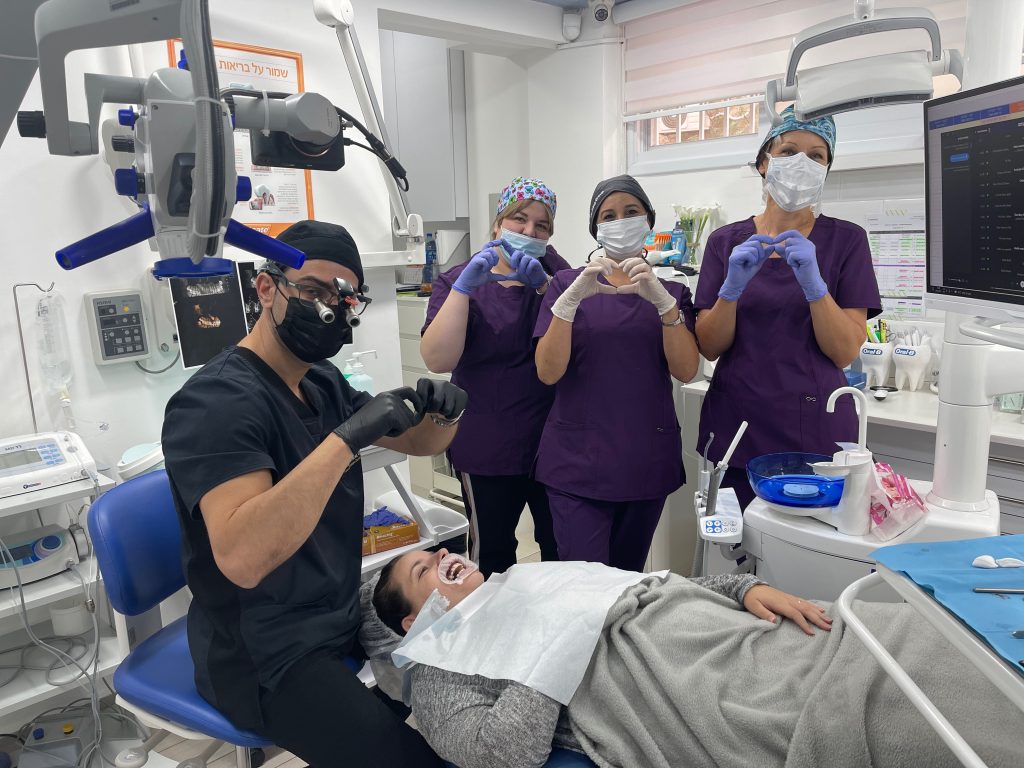
How Long Does Recovery from Lower Wisdom Tooth Extraction Take and What Can Be Expected During This Time?
Healing Process:
In the days following the extraction, the patient may experience local swelling and mild pain. At this stage, the area can be cooled, and pain relievers can be used as needed.
It is recommended to avoid hard foods and prefer soft foods, such as yogurt, pudding, soups, and mashed potatoes.
On the second or third day after treatment, it is advisable to gently rinse the mouth with salt water or appropriate mouthwash, which can help prevent infection and keep the area clean.
Duration of Healing:
Complete healing of the area can take between two weeks to οne month:
- Initial Stage (First Days): Swelling, moderate pain, and reduced chewing ability.
Intermediate Stage (First Week): Decrease in swelling and pain, beginning of tissue repair.
Final Stage (Two Weeks to a Month): The gums heal, the bone begins to fill, and the area returns to full function.
Article Summary: Advanced Technologies in Lower Wisdom Tooth Extraction
In the past decade, significant improvements have been made in technologies used in lower wisdom tooth extraction, which have helped increase the precision and safety of the procedure, reduce risks, and accelerate the healing process. The advanced technologies include:
Laser Technology
The use of laser in wisdom tooth extraction allows treatment with an exceptionally high level of precision. The laser assists in precise tissue cutting, immediate disinfection and evaporation of the site, while reducing bleeding and the risk of infection and promoting an accelerated healing process.
Dental Microscope
The integration of a powerful dental microscope enables the doctor to achieve higher visibility and great precision in the procedure. The use of a microscope provides better control over the surgical area, which significantly reduces the chance of complications.
Piezo-Surgery Device for Bone Cutting
The Piezo-Surgery device is based on an ultrasonic cutting technique, allowing precise and gentle bone cutting without causing damage to adjacent soft tissues and nerves. This technology is essential in complex extractions.
Use of Platelet-Rich Fibrin (PRF)
The use of platelet-rich fibrin during and after surgery helps accelerate the healing process by promoting tissue growth and rehabilitation. PRF reduces healing time and decreases the risk of inflammation and infections.
Special Sutures
The use of quality and tiny sutures after extraction ensures maximum wound closure, reduces the risk of infections, and aids faster healing.
Doctor's Skill and Advanced Imaging and Diagnosis
The doctor's skill and the use of advanced imaging and diagnostic techniques such as CBCT scanning and 3D scans allow precise planning of the procedure, ensuring maximum safety and minimum risks.
Advanced Techniques for Complex Extractions
In cases of complex extractions or impacted teeth, advanced methods and technological aids are used to ensure efficient and less traumatic extraction. These techniques reduce the risk of damage to the mandibular nerve and the development of complications.
Moderate Sedation Treatment for Anxious Patients
For patients who fear the surgical procedure or those suffering from dental anxiety, moderate sedation can be used, allowing them to undergo treatment in rest and comfort. Controlled moderate sedation improves the patient's experience and reduces the feeling of anxiety.
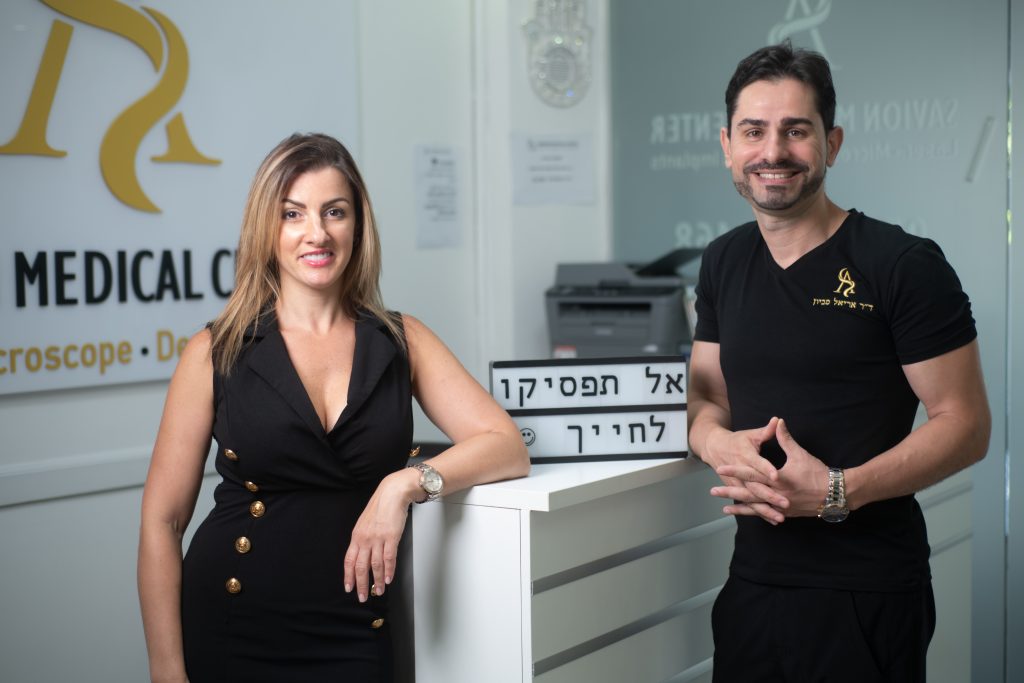
Questions and answers
No, not every lower wisdom tooth requires extraction. Wisdom teeth that have fully erupted, that do not lean to the side, do not interfere with chewing, and do not make tooth cleaning difficult can remain in place. The decision to extract depends on the tooth's position relative to the jaw and other teeth, the direction of eruption, and the likelihood of developing problems in the future.
The proximity of the mandibular nerve to the wisdom tooth roots requires special caution from the doctor. Through 3D CBCT imaging and the use of a magnifying dental microscope, the nerve's location can be precisely mapped, and the most appropriate and safe surgical approach can be planned. If necessary, the tooth can be split, and the roots partially extracted to avoid nerve damage.
In the first two hours after extraction, eating and drinking should be avoided (until the anesthesia wears off). Afterwards, it is possible to drink and consume soft and cold food. During healing, it is recommended to avoid very hot foods, overly spiced foods, and hard foods that require intense chewing.
Pain can be relieved by:
- Using prescription pain relievers.
- Cooling the area with ice.
- Sleeping with the head elevated.
- Avoiding physical exertion in the first days.
Following the doctor's instructions to prevent infection. Adhering to these guidelines will help reduce pain and swelling and promote quick and safe healing.





